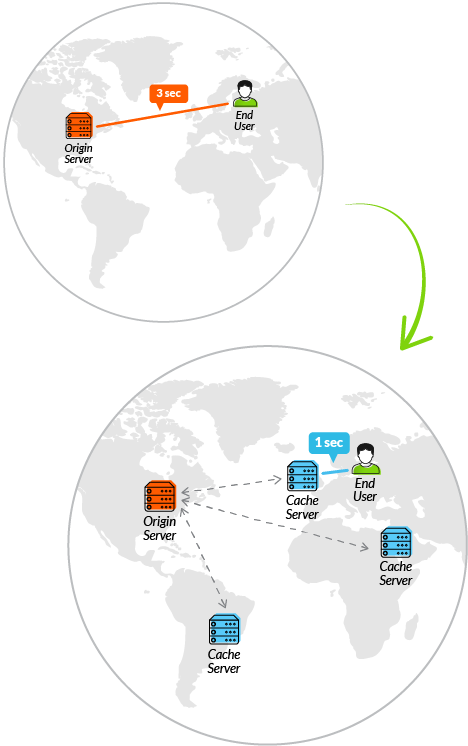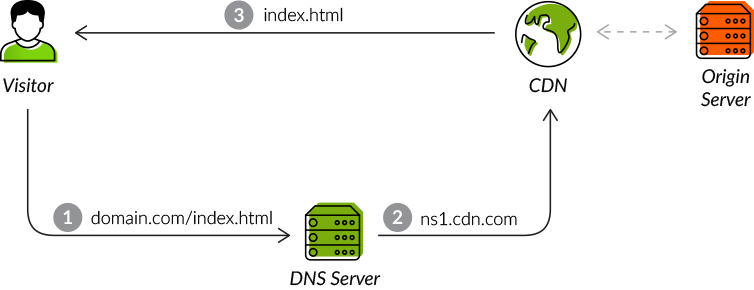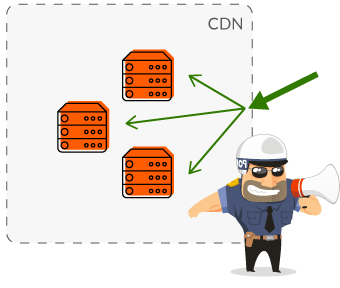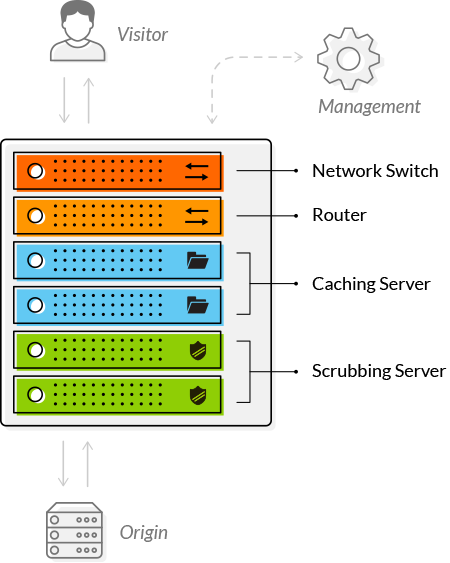Introduction to JASON
Jason is a platform for the development of multi-agent systems. An extension of the AgentSpeak agent-oriented programming language is used to program the behavior of individual agents. Jason is developed in Java and allows the customization of most aspects of an agent or a multi-agent system. It comes as a plugin for either jEdit or Eclipse, and different infra-structures for the deployment of a multi-agent system, for example using JADEor SACI as an agent-based distributed system middle-ware.Current trends in computer science such as the semantic web, ubiquitous computing, and self-* systems make it increasingly important that programming technology suitable for open, unpredictable, dynamic environments are made available. Many abstractions and techniques that emerged from research in multi-agent systems can have major impact in the effectiveness of (the development of) such systems. Research into agent-oriented programming languages aims at making such abstractions and techniques readily available at the level of programming languages. In this perspective, agent-oriented programming, combined with ongoing work on agent-oriented software engineering, is likely to lead to a popular new paradigm for the practical development of those complex distributed systems.
One of the most studied architectures for cognitive agents is the BDI (Beliefs-Desires-Intentions) architecture. In the area of agent-oriented programming languages in particular, AgentSpeak(L) is one of the best known languages based on the BDI architecture. AgentSpeak(L) is an abstract logic-based agent-oriented programming language introduced by Rao and subsequently extended and formalized in a series of papers by Bordini, Hübner, and various colleagues. Practical BDI agents are implemented as reactive planning systems: they run continuously, reacting to events (e.g., perceived changes in the environment) by executing plans given by the programmer. Plans are courses of actions that agents commit to execute so as achieve their goals. The pro-active behavior of agents is possible through the notion of goals (desired states of the world) that are also part of the language in which plans are written.
Jason is a Java-based platform for the development of multi-agent systems. At the core of the platform lies an interpreter for an extended version of AgentSpeak (we use ``AgentSpeak'' to refer to the various extensions of the original AgentSpeak(L) language). Various ad hoc implementations of BDI-based (or ``goal-based'') systems exist, but one important characteristic of AgentSpeak is its theoretical foundation; In fact, the implementation of the AgentSpeak interpreter available with Jason is directly based on the operational semantics of the language.
Current Features of the Jason Platform
The original, abstract version of the language was meant for theoretical work on relating BDI logics to implementations of reactive planning systems that followed the same philosophical principles (on ``practical reasoning'', i.e., reasoning about how to act). The AgentSpeak extensions which Jason necessary for turning the original abstract language into a practical programming language suitable for multi-agent systems. The language extensions have the following features:Strong negation: as is well known in the ALP community, close-world assumption is not ideal for open systems where uncertainty cannot be avoided; it helps the modelling of such applications if we are able to refer to things agents believe to be true, believe to be false, or are ignorant about.
Handling of plan failures: because of the dynamic nature of typical multi-agent environments, plans can fail to achieve the goals they were written to achieve; one important aspect of reactive planning systems is that the particular choice of the specific plan to achieve a goal is left for as late as possible so as to consider the latest information the agent might have, but of course plans can still fail. Jason has a particular form of plan failure handling mechanism consisting of plans that are triggered by such failure, giving the programmer the chance to act so as to undo the effects of any action already done before the plan failed, if necessary, and then adopting the goal (that was not achieved) again, if the conditions are appropriate.
Speech-act based communication: the philosophical foundation for all the work on inter-agent communication is speech-act theory; because mental attitudes which are classically used to give semantics for speech-act based communication are formally defined for AgentSpeak we can give precise semantics for how agents interpret the basic elocutionary forces, and this has been implemented in Jason. An interesting extension (Note that annotations as used here do not increase the expressive power of the language but are an elegant notation, making the belief base much more readable) of the language is that beliefs can have ``annotations'' which can be useful for application-specific tasks, but there is one standard annotations that is done automatically by Jason, which is on the source of each particular belief. There are essentially three different types of sources of information: precepts (i.e., information obtained by sensing the environment), inter-agent communication (i.e., information obtained from other agents), and ``mental notes'' (i.e., beliefs added by the agent itself which can facilitate various programming tasks).
Plan annotations: in the same way that beliefs can have annotations, programmers can add annotations to plan labels, which can be used by elaborate (e.g., using decision-theoretic techniques) selection functions. Selection functions are user-defined functions which are used by the interpreter, including which plan should be given preference in case various different plans happen to be considered applicable for a particular event.
Distribution: the platform makes it easy to define the agents that will take part in the system and also determine in which machines each will run, if actual distribution is necessary. The infrastructure for actual distribution can be changed (e.g., if a particular application needs to use a particular distribution platform such as JADE). Currently, two types of infrastructure are available: one that runs all agents in the same machine and another which allows distribution using SACI (http://www.lti.pcs.usp.br/saci/).
Environments: multi-agent systems will normally be deployed in some real-world environment. Even in that case, during development a simulation of the environment will be needed. Jason provides support for developing environments, which are programmed in Java rather than an agent language. The agent abstractions are often not appropriate for programming environments, so we provide the necessary support for this to be done in Java.
Customization: programmers can customize two important parts of the agent platform by providing application-specific Java methods for the certain aspects of an agent and the agent architecture (note that the AgentSpeak interpreter provides only the reasoning component of the overall agent architecture). By overriding the methods of the agent class, programmers can define the selection functions (which are used by the interpreter), belief update and revision functions, as well as a ``social'' function which determines from which agents communication can be received. By overriding the methods of the Java class for the overall agent architecture, programmers can customize the way perception of the environment (the agent's ``sensors''), inter-agent communication, and acting on the environment are implemented. The latter is useful, among other things because often, before deploying a multi-agent systems, programmers will want to test their system with a simulated environment. The move from simulation to real-world deployment is then done by providing the Java code that interfaces the agent's practical reasoning with the real-world environment.
Language extensible and legacy code: the AgentSpeak extension available with Jason has a construct called ``internal actions''. Wherever a literal can appear in a plan, also an internal action can appear. These are then implemented in Java (or indeed any other language using JNI) as a Boolean method, and support is given, e.g., for binding of logical variables. This provides for straightforward language extensible by user-defined internal actions, which is also a straightforward way of invoking legacy code from within the high-level agent reasoning in an elegant manner. Besides user defined internal actions, Jason comes with a library of essential standard internal actions. These implement a variety of useful operations for practical programming, but most importantly, they provide the means for programmers to do important things for BDI-inspired programming that were not possible in the original AgentSpeak language, such as checking and dropping the agent's own desires/intentions.
Integrated Development Environment: Jason is distributed with an IDE which provides a GUI for managing the system's project (the multi-agent system), editing the source code of individual agents, and running the system. Another tool provided as part of the IDE allows the user to inspect agents' internal (i.e., ``mental'') states when the system is running in debugging mode. The IDE is a plug-in to jEdit (http://www.jedit.org/), and an Eclipse plug-in is likely to be available in the future.
Ongoing Research Related to Jason
There is much research related to what has been done or is being done in the development of Jason. Below, we mention some of this research.
Plan patterns for declarative goals: in recent work, we have devised patterns of AgentSpeak plans that can be used to define various types of declarative goals with sophisticated temporal structures. Such types of goals are quite important in the agent's literature and an essential feature of agent-oriented programming. This allows us to express for example that an agent should persist on a goal until there is evidence that it will be impossible to achieve that goal, or there is no longer any need to achieve the goal at all. The use of patterns for this (rather than specific language constructs) provides the same flexibility as the idea of patterns in object orientation. We are in the process of extending Jason with pre-processing to help automating the generation of those plan patterns from higher-level specifications.
Organisations: an important part of agent-oriented software engineering is related to agent organisations, which has received much research attention in the last few years. We are currently working on allowing specifications of agent organisations (with the related notions of roles, groups, relationships between groups, social norms, etc.) to be used in combination with Jason for programming the individual agents. The particular organisational model we use is Moise+.
Plan Exchange: Work has been done to allow plan exchange between AgentSpeak agents, which can be very useful, in particular for systems of cooperating agents, but also for application in which a large number of plans cannot be kept in the agent's plan library simultaneously (e.g., for use in PDAs with limited computational resources). The motivation for this work is this simple intuition: if you do not know how to do something, ask someone who does. However, various issues need to be considered in engineering systems where such plan exchanges can happen (e.g., which plans can be exchanged, what to do with a plan retrieved from another agent, who and when to ask for plans). This work is based on the Coo-BDI plan exchange mechanism.
Ontological reasoning: Although this is not available in Jason yet, It was argued that the belief base of an AgentSpeak agent should be formulated as a (populated) ontology, whereby:












